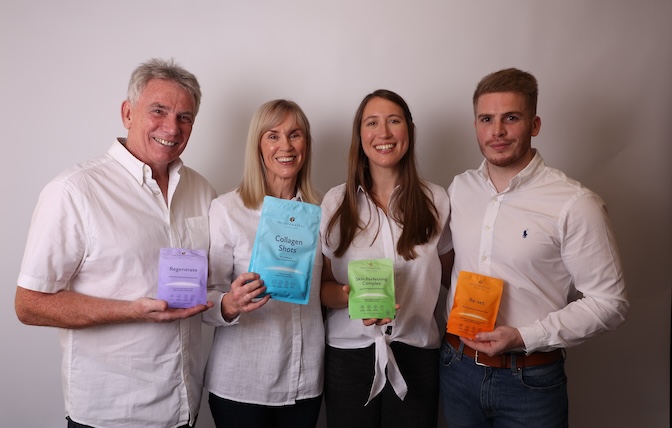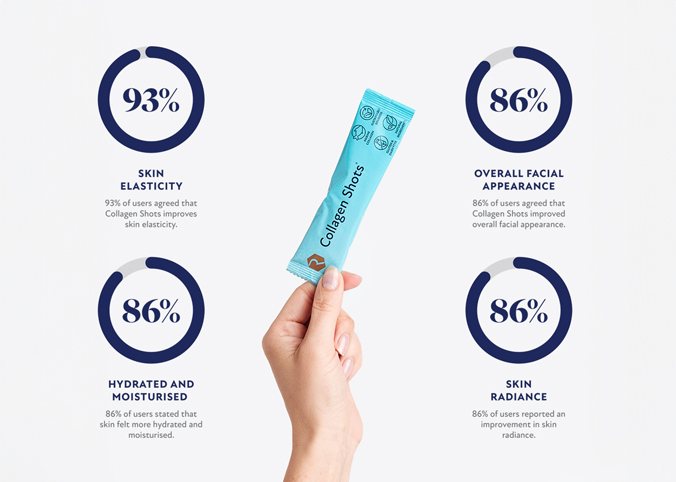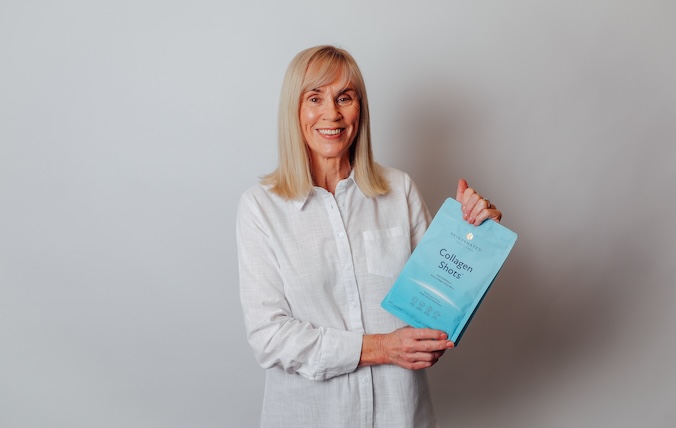How to protect your cells from sun damage

Why Sun Protection Starts Inside
We all know sunscreen is essential, but the health of your skin also depends on what’s happening at the cellular level.
UV exposure creates free radicals that damage collagen, accelerate ageing, and deplete your skin’s natural defences. Over time, this can lead to wrinkles, dark spots, and even changes in DNA.
This is where NAD, short for nicotinamide adenine dinucleotide, comes in. NAD is a molecule found in every cell of your body, playing a vital role in energy production and cellular repair.
What Is NAD, and Why Is It Important for Skin Health?
NAD is often called the “cellular battery” because it powers hundreds of processes in your body, including DNA repair and inflammation control.
As we age, NAD levels decline, making it harder for cells to recover from oxidative stress and UV damage. Restoring NAD can help your skin:
- Repair damaged cells faster
- Produce healthy collagen
- Defend itself against environmental stress
- Maintain youthful resilience
How NAD Helps Protect Cells from Sun Damage
1. DNA Repair
UV radiation damages DNA, leading to premature ageing and mutations. NAD is essential for activating enzymes (sirtuins and PARPs) that repair DNA and protect cells.
2. Reducing Oxidative Stress
NAD helps neutralise free radicals that break down collagen and elastin, keeping skin stronger and smoother.
3. Supporting Cellular Renewal
By boosting energy in skin cells, NAD helps maintain healthy turnover, so damaged cells are replaced more efficiently.
4. Improving Barrier Function
Healthy NAD levels support lipid production and barrier repair, which helps prevent moisture loss and further damage from pollutants and UV rays.
How to Replenish NAD for Healthier Skin
While NAD naturally declines with age, you can support your levels through diet, lifestyle, and supplementation.
Eat NAD-Boosting Foods
Include vitamin B3-rich foods such as salmon, turkey, mushrooms, and green vegetables.
Stay Active
Exercise has been shown to help maintain NAD production.
Prioritise Sleep
Cellular repair happens at night—quality sleep is essential for healthy skin.
Supplement Wisely
Rejuvenated’s Regenerate contains NMN (a direct NAD precursor) and powerful antioxidants like resveratrol and fisetin to protect your cells and promote healthy ageing.
Regenerate: Advanced Support for NAD and Skin Resilience
Regenerate is expertly formulated to:
Replenish NAD with NMN
Activate sirtuins for DNA repair
Defend against oxidative stress
Support collagen and elastin production
When combined with a good skincare routine and daily sun protection, Regenerate can help you keep your skin looking youthful and vibrant, no matter your age.
Your Complete Sun Protection Toolkit
Wear a Broad-Spectrum SPF Daily
Nourish Skin with Antioxidant-Rich Foods
Stay Hydrated
Prioritise Sleep and Recovery
Boost NAD Levels to Support Cellular Repair
Sun exposure is inevitable, but the way your skin responds to it is within your control.
By supporting NAD, you help your skin stay resilient, energised, and better equipped to repair damage before it shows up as lines or pigmentation.
At Rejuvenated, we believe in protecting your beauty at a cellular level so you can enjoy a radiant, healthy complexion for years to come.
Ready to Support Your NAD Levels?
Discover Regenerate and experience the benefits of NAD for youthful skin and healthy ageing.






